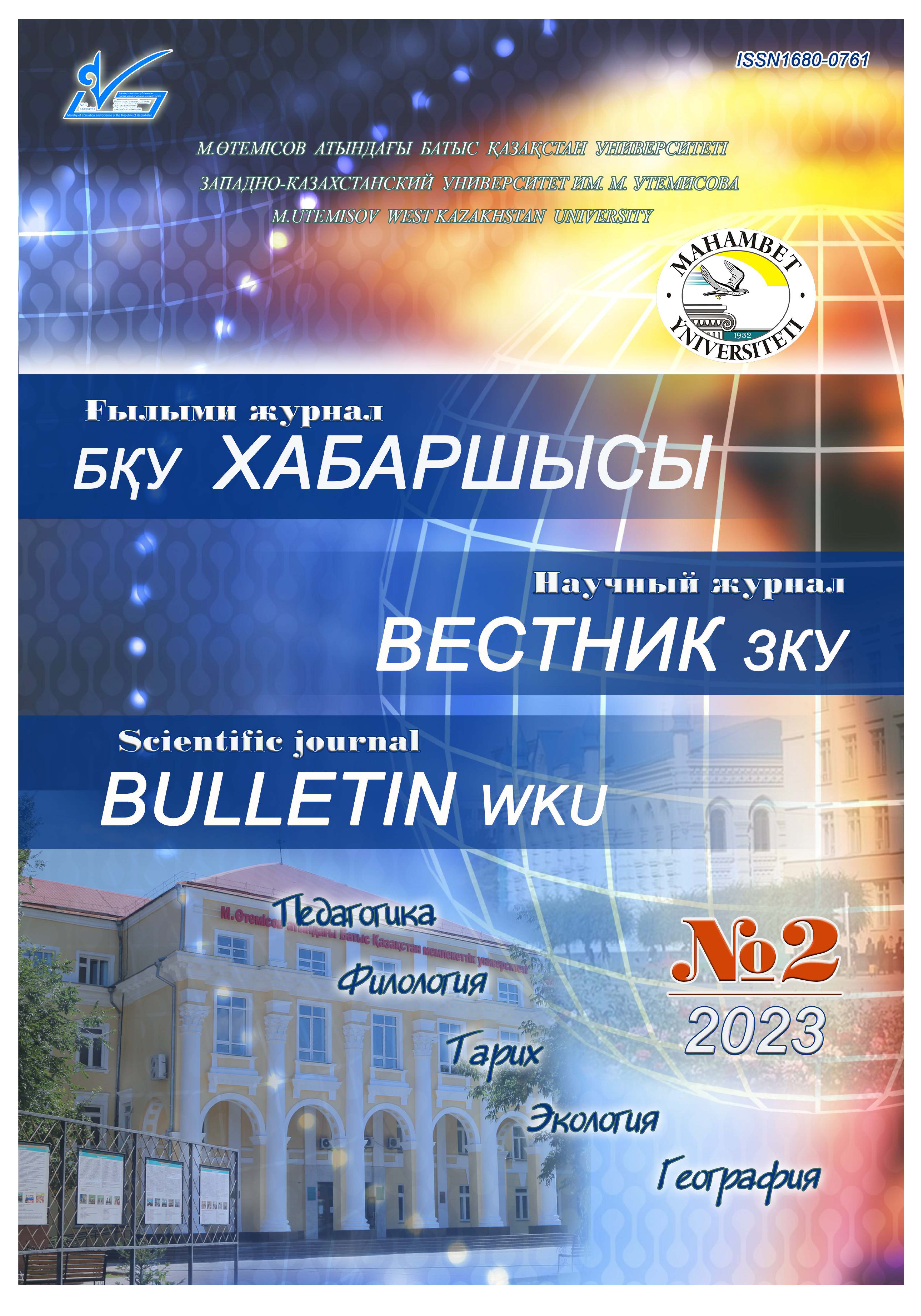TRIGGER MECHANISM FOR THE APPEARANCE OF PASTEURRELEUS SAIGAS IN KAZAKHSTAN
Abstract
Annotation. The periodic mysterious mass death of some part of the saiga population (Saiga tatarica L.) in Kazakhstan is timed to the lambing season and always occurs unexpectedly and unpredictably. Numerous researchers always register changes at the organismal level in dead animals, which indicates their death from an outbreak of pasteurellosis, the carriers of which bacteria are also healthy animals. At the same time, the death of saigas, mainly of sedentary lactating females in lambing places, invariably occurs with a periodic combination of cool, rainy weather in spring with the onset of the appearance of young juicy vegetation, including legume species, which causes excessive fermentation in the stomachs of ruminant ungulates. Before the onset of an epizootic of pasteurellosis, saigas are always diagnosed with signs of tympania - gastric food poisoning, which causes bloating and is accompanied by shortness of breath, often with the release of foam from the mouth and diarrhea. The generalization carried out allows us to assume that this process is the trigger mechanism for launching pasteurellosis. Such a two-stage scenario of the death of animals fully explains the spatio-temporal conjugation and uniformity of this epizootic in terms of the frequency, time and place of the event, as well as the selective nature of this process.



